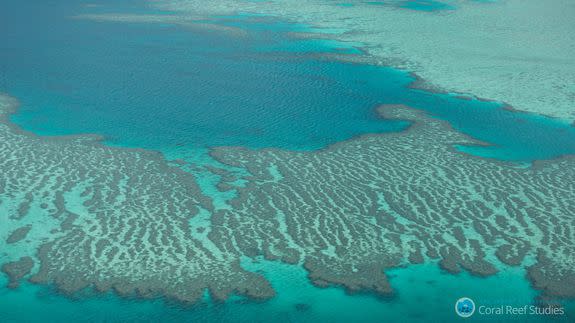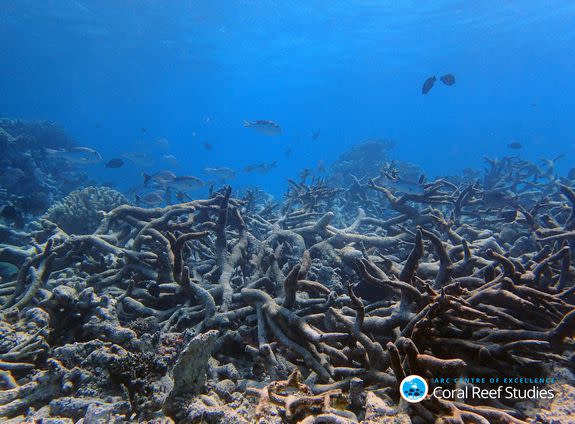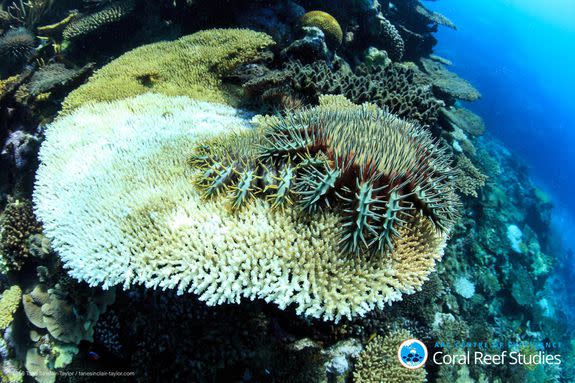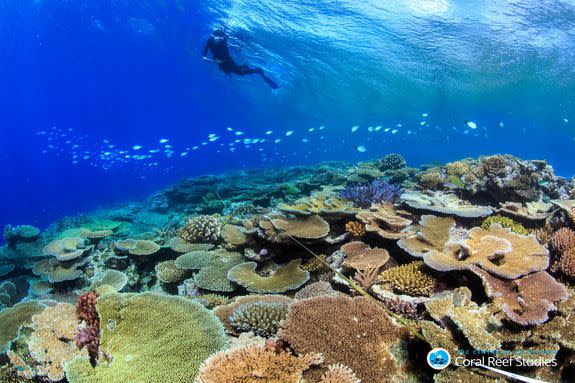New photos reveal widespread devastation of Great Barrier Reef

Scientists on Wednesday released new footage of the widespread devastation across Australia's Great Barrier Reef.
The reef's northern section suffered the worst coral bleaching event in history earlier this year following an extreme underwater heatwave in 2015-2016.
Bone-white branches and coral covered in predatory starfish now stand where healthy, colorful organisms once thrived.
SEE ALSO: The Great Barrier Reef isn't dead, despite its viral obituary
Scientists with the ARC Centre of Excellence for Coral Reef Studies are re-surveying the 83 reefs they visited in March at the height of the bleaching event.
Six months after the first survey, the scientists found the coral that didn't die in the warm waters are now fighting off disease.
"Millions of corals in the north of the Great Barrier Reef died quickly from heat stress in March and since then, many more have died more slowly," Greg Torda, a research fellow at James Cook University, said in a statement.
Predatory creatures such as crown-of-thorns and snails are further assaulting the remaining coral.
"A lot of the survivors are in poor shape," Andrew Hoey, who is working from Lizard Island Research Station near Queensland, said in the statement.

Image: Greg Torda

Around Lizard Island, the amount of live coral covering the reef has dropped from about 40 percent in March to less than 5 percent today.
Still, it wasn't all tragedy out on the Great Barrier Reef.
Scientists confirmed that reefs in the southern half were only lightly bleached and remain in good condition. That makes for one more debunk of Outside magazine's viral "obituary" for the 25-million-year-old reef system.

Image: Tane sinclair-taylor
The Australian researchers said the final death toll in the northern Great Barrier Reef won't be known until all the surveys are completed in mid-November.
Even so, they do know already that the 2016 coral bleaching event was far more severe than two previous events in 2002 and 1998.
